Photos: The Sonoran Desert in Bloom
Desert Ironwood tree
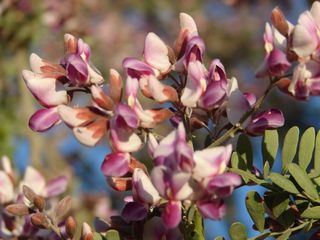
The third indigenous tree of the Sonoran Desert and the last to show its spectacular springtime bloom is the desert ironwood tree, Olneya tesota. The multi-hues of purple and lavender flowers make for an almost smoky display when viewed from a distance in the predominately brown desert landscape. The wood of the desert ironwood tree is one of the heaviest and hardest woods in the world. The wood of an ironwood tree is extremely resistant to rotting due to the many toxic chemicals found in its heartwood.
Desert ocotillo
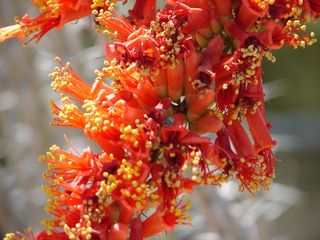
Another common bloomer that adds a wonderful orange blush to the Sonoran Desert spring color fest is that of the desert ocotillo, Fouquieria splendens. The ocotillo is a large desert shrub with long, spiny stems that grow from a short trunk. During any periods of rain, the spines will quickly sprout small, 1-inch (2.5 cm) leaves up and down the entire length of the stem. When the heat and dryness returns, the leaves are dropped and photosynthesis occurs once again in the ribbons of chlorophyll found within the stems. Ocotillo is also locally known as coachwhip, flaming sword, candlewood and slimwood. Native people and early settlers used the stems of ocotillo to create fencing, as the spiny stems prevented animals from crossing through.
Hedgehog cacti
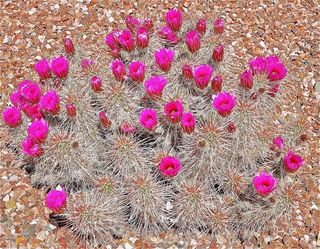
A sure sign that spring has arrived in the Sonoran Desert is the blooming of the hedgehog cacti. Here, an Engelmann hedgehog, Echinocereus engelmannii, is signaling that another Sonoran Desert spring has begun. When pollinated, these beautiful flowers will produce a spiny, red pear-shaped fruit about 1.5 inches (5 cm) long — a favorite food for desert birds and rabbits.
Saguaro
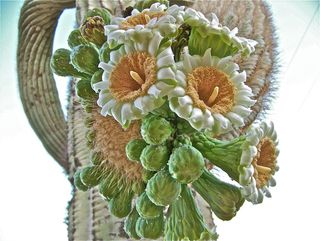
And the absolute marker across the Sonoran Desert that springtime is coming to an end and summer will soon arrive is the blooming of the majestic saguaro cacti, Carnegiea gigantea. These sentinels of the desert first begin to burst into bloom in late April with the final late bloomers appearing in early June. The one-day flowers open in the late afternoon and close by Noon the following day.
Nectar drop
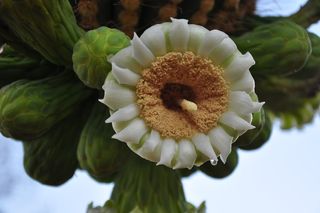
If one is lucky enough to visit these stiff, waxy flowers in the early morning hours, a drop of saguaro nectar might be seen flowing from the spectacular bloom. To a human, the nectar has only a slightly sweet taste, but to the bees and bats that pollinate the saguaro's many flowers, the nectar is a life-sustaining gift from nature.
Unexpected appeal
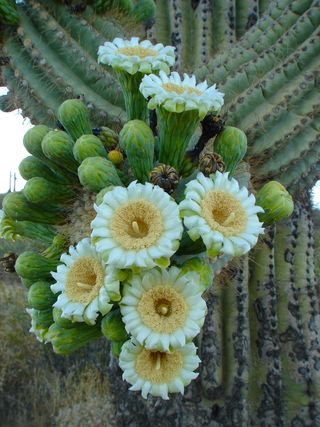
The Sonoran Desert of northern Mexico and the American Southwest can surprisingly be a most beautiful natural environment especially during the annual spring blooming season of the region's flowering plants. The dry and extremely hot temperatures of the desert summer will soon arrive once again but until that time, floral beauty reigns across the desert landscape.
Sign up for the Live Science daily newsletter now
Get the world’s most fascinating discoveries delivered straight to your inbox.










